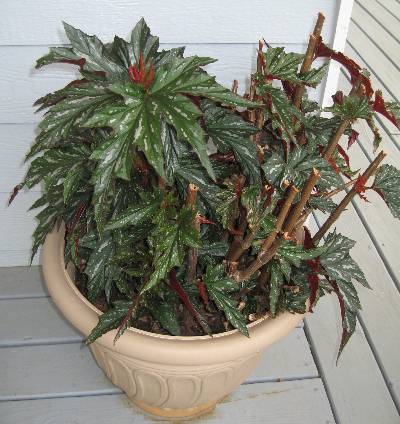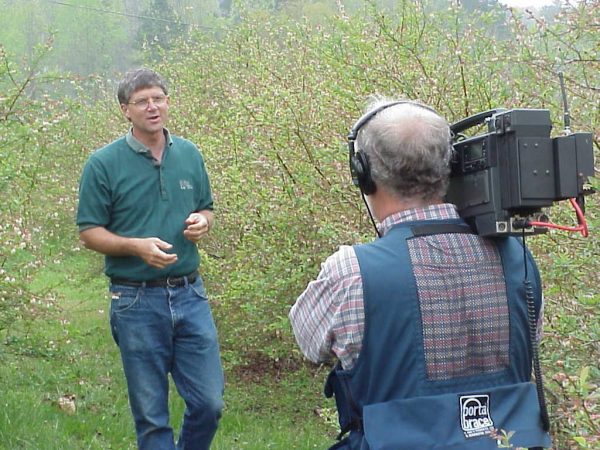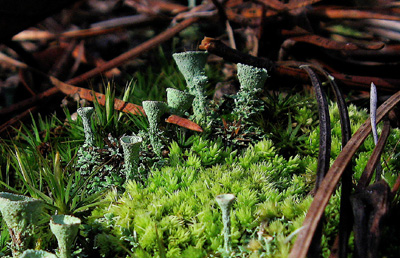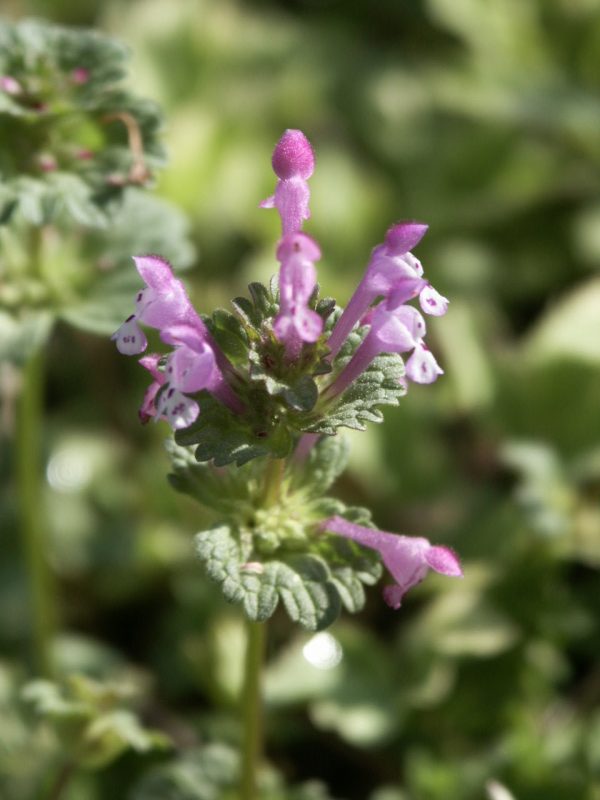Liquid Aeration Product
Q: I have a client that wants information about liquid aerating. I am not familiar with this. I looked online and the companies claim that it breaks the bonds that hold the clay particles together, releasing the water and leaving space for water and air movement.
I couldn’t find what the specific makeup of the product is but they claim to have “taken a product normally used as a surfactant, modified it, and added proprietary ingredients.”
Any information regarding its effectiveness or ineffectiveness would be appreciated.
A: Horticulturist Dr. Tim Smalley at the University of Georgia replies:
“I am confident that surfactants work in container media. Surfactants have been used successfully on dry spots on sandy hydrophobic soils in golf greens and other turf areas. I am not aware of any scientific work that has been conducted on uses in a clay soil landscape. Theoretically they could work, but I would be concerned about the cost and the longevity.”
Soil scientist Dr. Dave Kissel at the University of Georgia says:
“I do not have information about this product. However, there are many products on the market like this one that fail to live up to their billing. I would view it with much skepticism until the company can provide university research data showing it really works. I would not pay money for this product on the basis of unsubstantiated advertising.”
Dr. Clint Waltz at UGA says:
“I have no direct experience with this product. However, I have tested a product with similar claims and interestingly it did not change soil bulk density.
“The manufacturer claimed the greening response was due to improved rooting and aeration of the rootzone.
“When I had the nitrogen content checked, the material had enough ammonium and nitrate to expect a color response from the grass. Would you be surprised the grass turned green when nitrogen was applied?
“They did not like my results and I have not heard back from them. If soil compaction is the problem, the only relief I have encountered is physical removal of cores, allowing the soil to “relax” and change the pore structure.”














